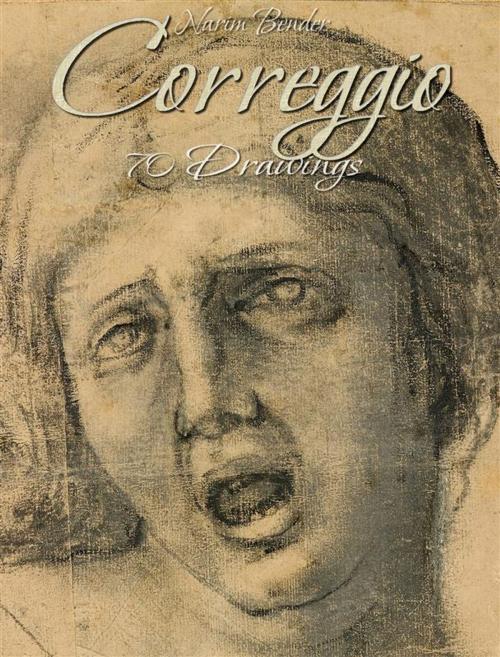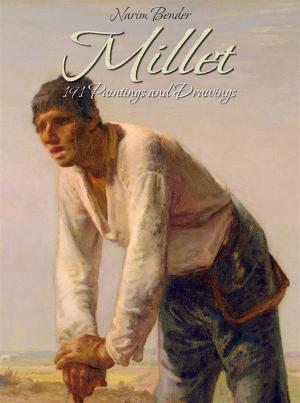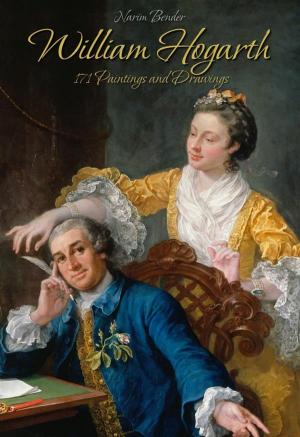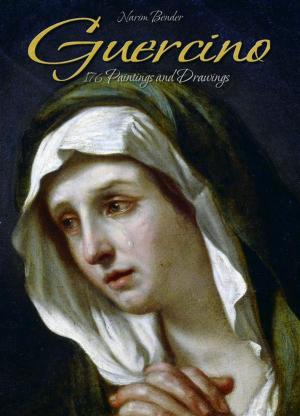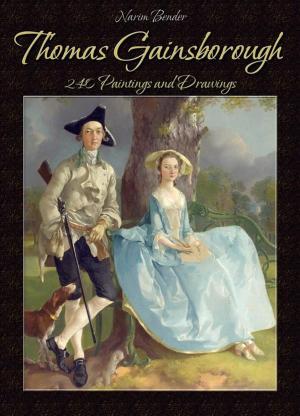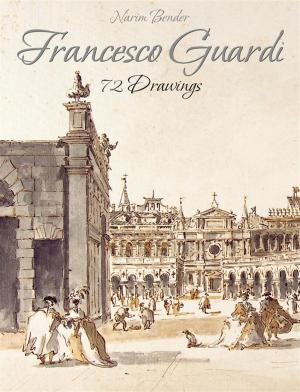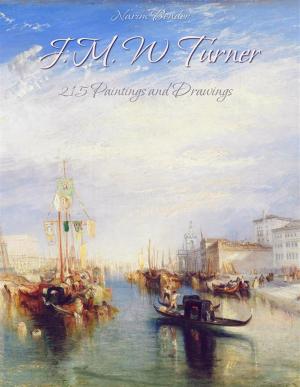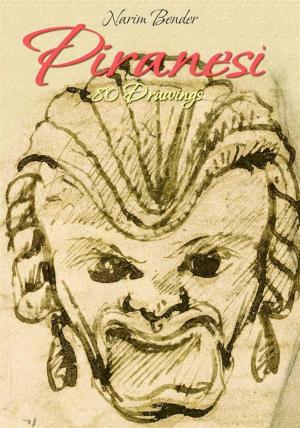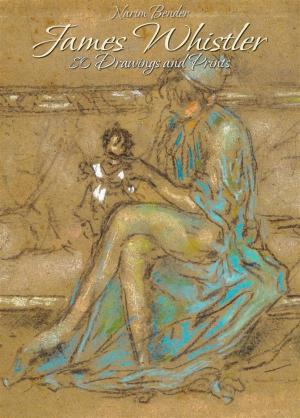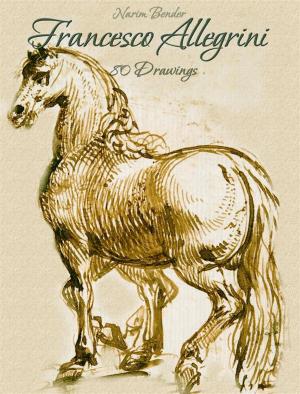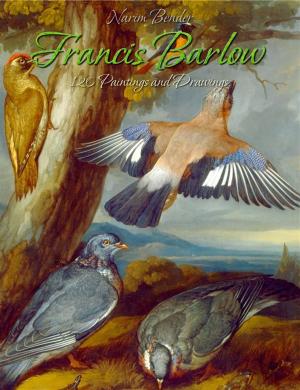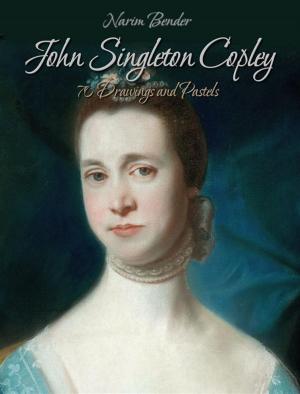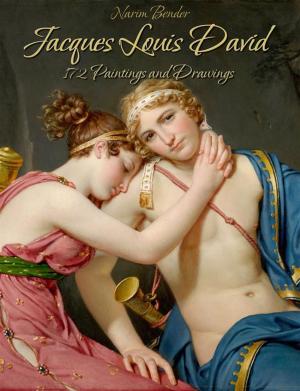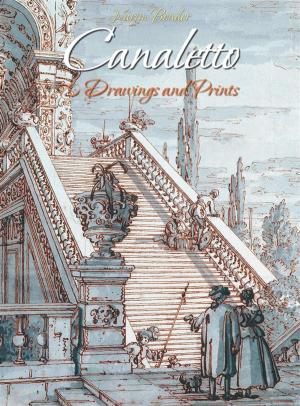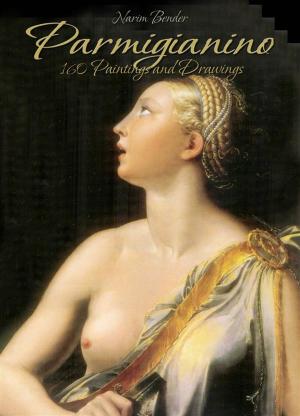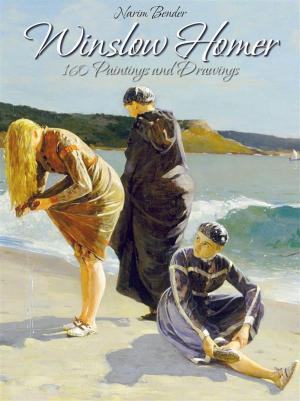| Author: | Narim Bender | ISBN: | 9786050375466 |
| Publisher: | Narim Bender | Publication: | April 29, 2015 |
| Imprint: | Language: | English |
| Author: | Narim Bender |
| ISBN: | 9786050375466 |
| Publisher: | Narim Bender |
| Publication: | April 29, 2015 |
| Imprint: | |
| Language: | English |
Antonio Allegri da Correggio (1489 – 1534), usually known as Correggio, was the foremost painter of the Parma school of the Italian Renaissance, who was responsible for some of the most vigorous and sensuous works of the 16th century. He was remembered by his contemporaries as a shadowy, melancholic and introverted character. An enigmatic and eclectic artist, he appears to have emerged from no major apprenticeship. In addition to the influence of Costa, there are echoes of Mantegna's style in his work, and a response to Leonardo da Vinci, as well. Correggio had little immediate influence in terms of apprenticed successors, but his works are now considered to have been revolutionary and influential on subsequent artists. A half-century after his death Correggio's work was well known to Vasari, who felt that he had not had enough "Roman" exposure to make him a better painter. In the 18th and 19th centuries, his works were often noted in the diaries of foreign visitors to Italy, which led to a reevaluation of his art during the period of Romanticism.
Antonio Allegri da Correggio (1489 – 1534), usually known as Correggio, was the foremost painter of the Parma school of the Italian Renaissance, who was responsible for some of the most vigorous and sensuous works of the 16th century. He was remembered by his contemporaries as a shadowy, melancholic and introverted character. An enigmatic and eclectic artist, he appears to have emerged from no major apprenticeship. In addition to the influence of Costa, there are echoes of Mantegna's style in his work, and a response to Leonardo da Vinci, as well. Correggio had little immediate influence in terms of apprenticed successors, but his works are now considered to have been revolutionary and influential on subsequent artists. A half-century after his death Correggio's work was well known to Vasari, who felt that he had not had enough "Roman" exposure to make him a better painter. In the 18th and 19th centuries, his works were often noted in the diaries of foreign visitors to Italy, which led to a reevaluation of his art during the period of Romanticism.
